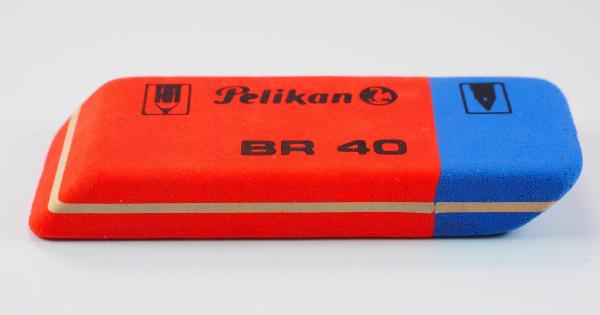Muscular dystrophy is a group of inherited genetic conditions causing muscle weakness and wasting. This chronic condition can affect children as early as infancy and progress quickly.
Knowing the early signs can help parents detect potential problems and seek timely medical intervention.
What is Muscular Dystrophy?
Muscular dystrophy is a clinical term for a group of genetic diseases that affect muscle strength, endurance, and mass. The condition usually appears in childhood or adolescence and progresses gradually over time.
Muscular dystrophy conditions are caused by mutations in genes that control muscle function, leading to muscle degeneration, inflammation, and fibrosis.
Early Signs of Muscle Dystrophy in Children
The symptoms of muscular dystrophy in children can vary across the types and stages of the condition. However, some common early signs of muscle dystrophy in children include:.
1. Difficulty in Walking and Running
Muscular dystrophy can affect the muscles responsible for movement, making it challenging for children to walk or run. Children may also have trouble getting up from a chair or climbing stairs.
2. Weakness in Muscles
Children with muscle dystrophy may have weaker muscles than their peers, particularly in the shoulders, hips, and thighs. Muscle weakness may also cause difficulty lifting arms or legs, incomplete closure of the eyes, and speech problems.
3. Fatigue and Exhaustion
Muscular dystrophy can cause fatigue in children as the muscles that control breathing and walking become weak. Children may tire quickly after physical activity and need more rest than usual to recover.
4. Difficulty with Motor Skills
Motor skills refer to the ability to control and coordinate muscle movements to perform daily activities. Children with muscular dystrophy may have difficulty with motor skills, such as writing, drawing, buttoning clothes, or holding objects.
5. Contractures
Contractures occur when muscles and tendons shrink, limiting the range of motion in joints. Contractures can make it hard for children to stand or sit upright, move their arms or legs, and perform basic self-care activities.
6. Deformities
Muscular dystrophy can cause muscle degeneration and fibrosis, leading to deformities in the spine, chest, feet, or hands. Children may have a curved spine, flattened chest, or foot drop.
7. Delayed Development
Children with muscular dystrophy may have delayed developmental milestones, such as crawling, standing, walking, or talking. They may also experience difficulties with learning, memory, and attention.
8. Breathing Problems
Muscular dystrophy can affect the muscles used for breathing, making it challenging for children to inhale and exhale efficiently. Breathing problems can cause shortness of breath, wheezing, and shallow breathing.
9. Speech Impairments
Muscular dystrophy can weaken the muscles responsible for speech and swallowing, leading to speech impairments and drooling. Children may have difficulty articulating sounds or pronouncing words clearly.
10. Cardiovascular Complications
As the muscles controlling the heart become weak, children with muscular dystrophy may experience cardiovascular complications, such as arrhythmias, heart failure, or high blood pressure.
Why Early Diagnosis is Important
Early diagnosis of muscular dystrophy is crucial as it can help parents and physicians identify potential problems and intervene promptly.
Treatment options are limited for muscular dystrophy, but early interventions can help improve quality of life, slow down the progression of the condition, and manage the symptoms.
Treatments for muscular dystrophy may include:.
- Physical therapy to stretch and strengthen muscles, as well as improve mobility and posture
- Mobility aids, such as braces, crutches, or wheelchairs to assist with walking and standing
- Breathing aids, such as ventilators or cough assist machines to support breathing
- Medications to manage symptoms, such as pain, fatigue, or inflammation
- Surgery to correct skeletal deformities or contractures
- Gene therapy or stem cell therapy to replace or repair damaged muscle cells
Conclusion
Muscular dystrophy is a genetic condition that can affect children as early as infancy. The condition can cause muscle weakness, fatigue, deformities, and developmental delays.
Parents should be aware of the early signs of muscular dystrophy and seek medical attention if they notice any potential problems. Early diagnosis of muscular dystrophy is important as it can help manage the symptoms, slow down the progression of the condition, and improve the quality of life for children with the condition.































